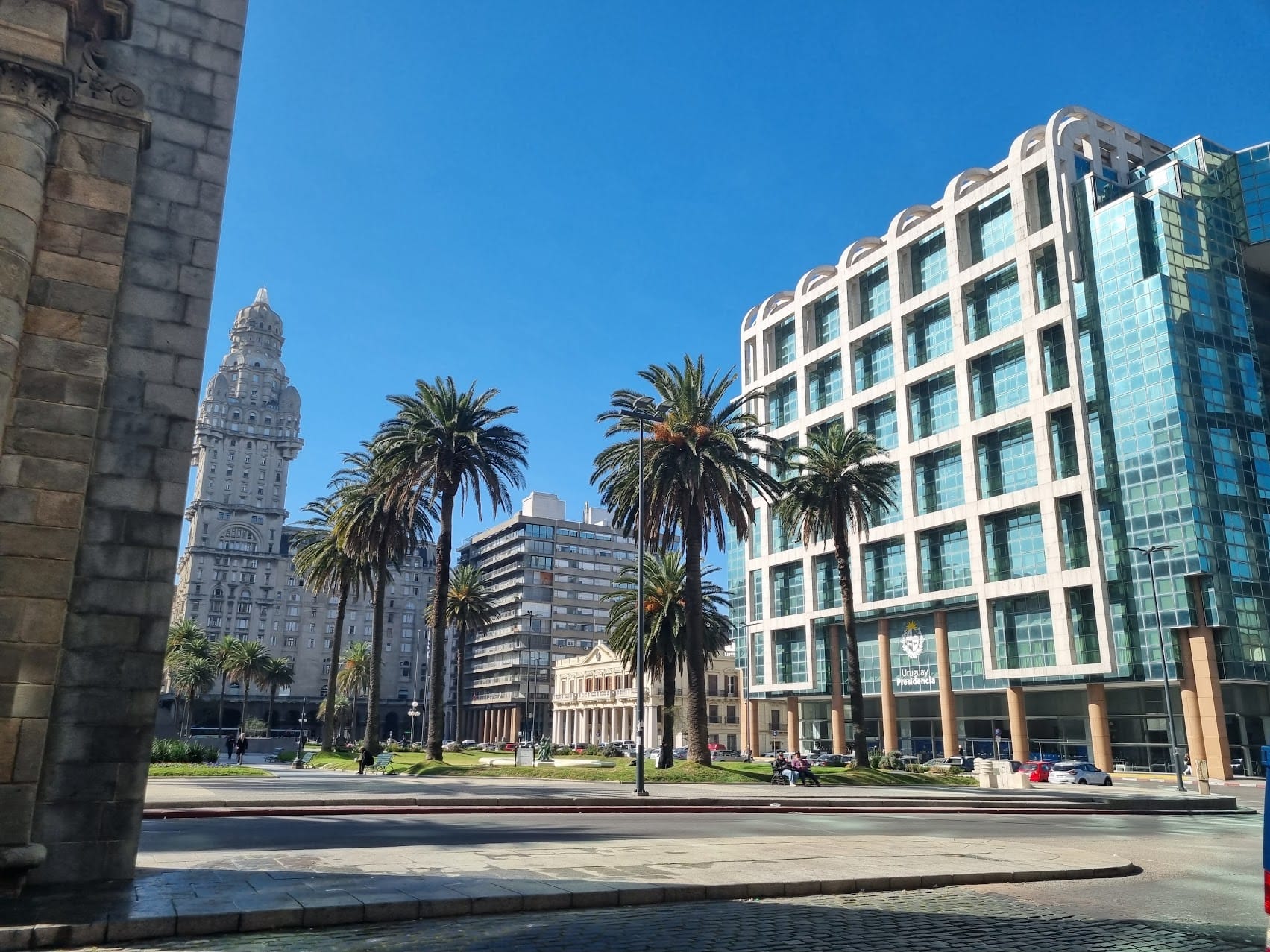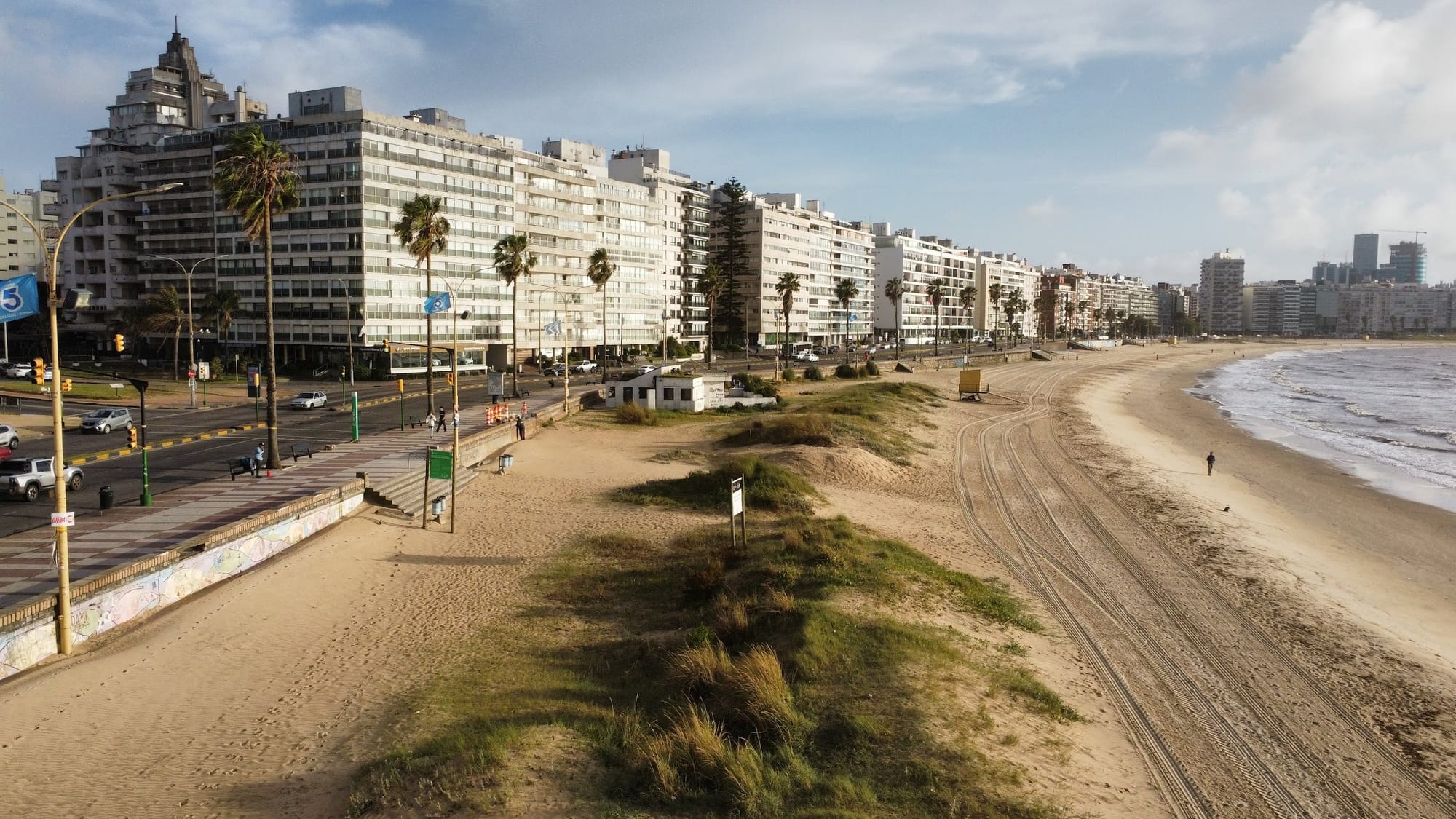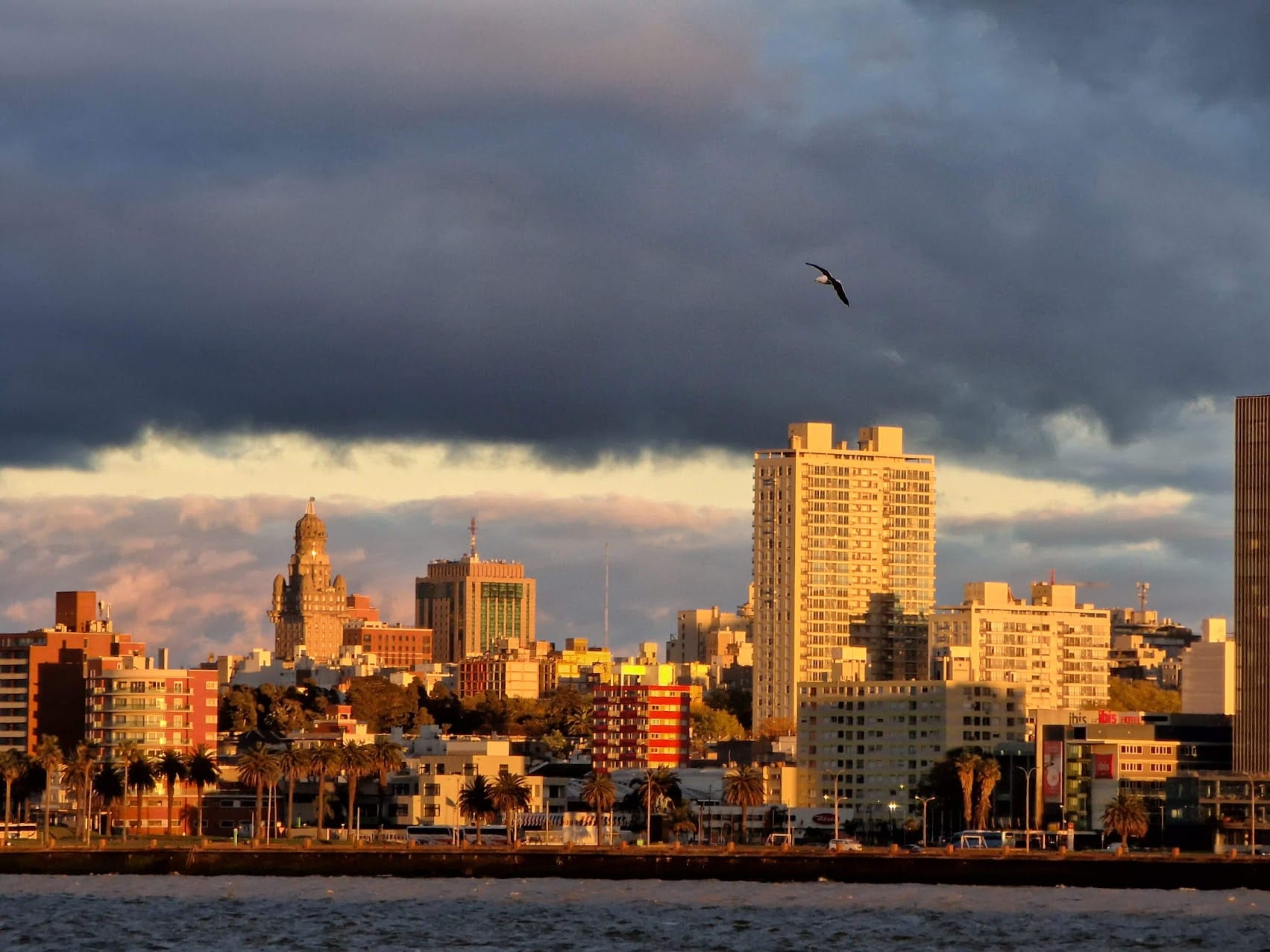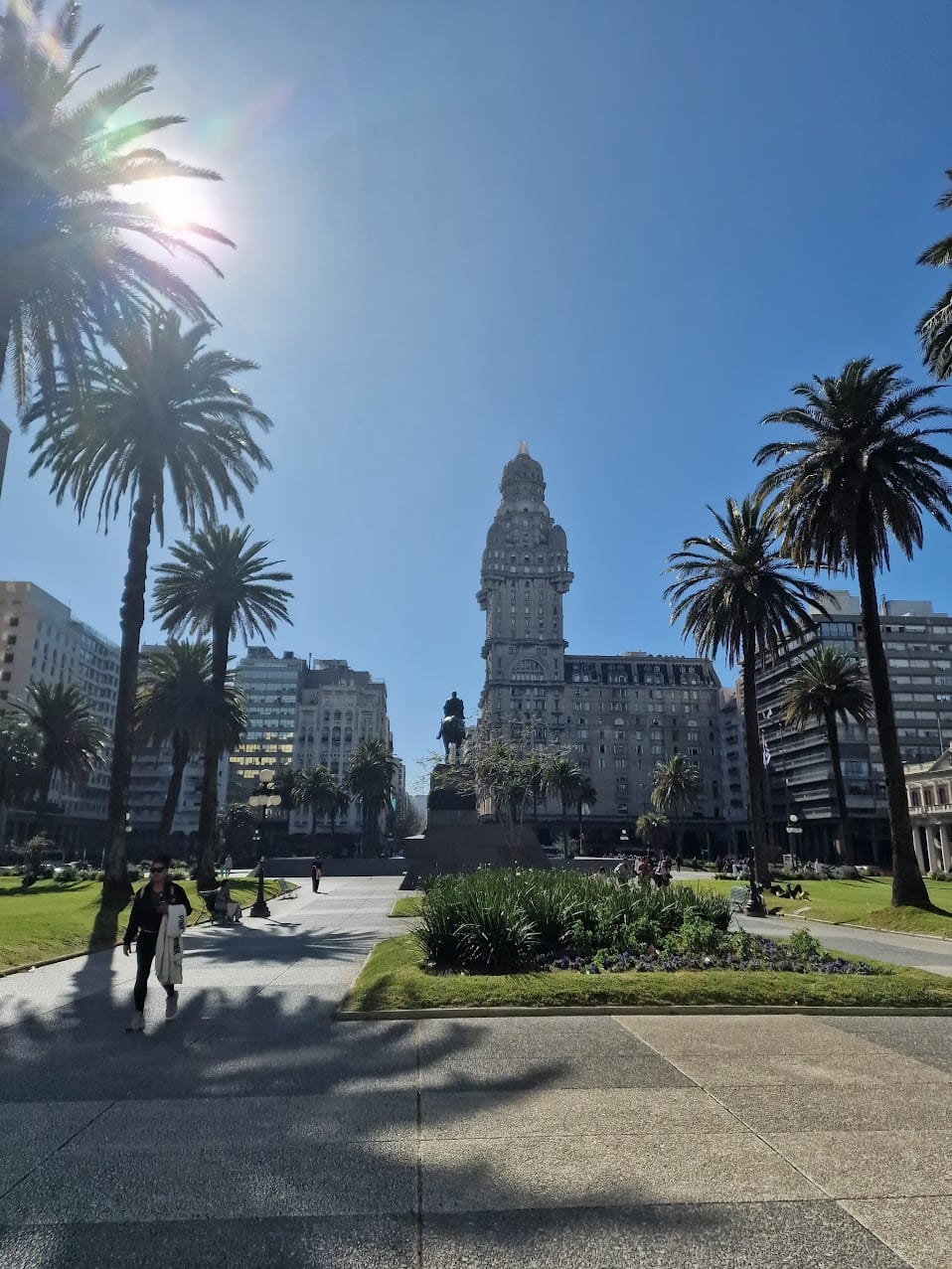Moving to Montevideo: A Guide to Life in Uruguay’s Capital
After living in Italy for 30 years and spending five years in the UK, I made the move to Montevideo, Uruguay, in 2019. Relocating to a new city is always a mix of excitement and challenges, and Montevideo is no exception. This blog post shares my experiences and insights for anyone considering a move to this vibrant South American capital.
Why Montevideo?

Montevideo might not be the first city that comes to mind when thinking about relocation, but it has a lot to offer:
- Quality of Life: With a relaxed atmosphere, great public services, and a high safety index (compared to other Latin American capitals), Montevideo is a comfortable place to live.
- Beaches and Rambla: The city is lined with a stunning coastline, and the Rambla (a long coastal promenade) is perfect for walking, jogging, or just enjoying the sunset.
- Cultural Scene: Uruguayans love music, theater, and literature. The city is full of events, from tango shows to contemporary art exhibitions.
- Small but Efficient: With a population of around 1.3 million, Montevideo has the services of a big city while maintaining a small-town feel.
- Stable Economy and Politics: Uruguay is one of the most politically stable countries in Latin America, making it a secure choice for expatriates.
The Challenges of Moving to Montevideo
While the city has a lot of positives, there are some challenges newcomers should be aware of:
- Cost of Living: Compared to its neighbors, Montevideo can be quite expensive, particularly in terms of housing, imported goods, and dining out.
- Bureaucracy: Getting residency, setting up a business, or even opening a bank account can be time-consuming and involve a lot of paperwork.
- Pace of Life: Things move slower in Uruguay. From government processes to restaurant service, patience is a must.
- Limited International Flights: Direct flights to major destinations are limited, which can be a downside for frequent travelers.
Things I Don’t Like About Montevideo
Despite its many positives, there are a few things that I find frustrating about living in Montevideo:
- High Prices for Imported Goods: Anything that isn’t produced locally comes with a hefty price tag due to high import taxes. Electronics, clothing, and even some foods can be significantly more expensive than in Europe or the US.
- Inconsistent Customer Service: While people in Montevideo are generally friendly, customer service can be hit or miss. In some places, it’s excellent, but in others, it can be slow or indifferent.
- Lack of Variety in Food Options: While Uruguayan cuisine is centered around meat, which is great for barbecue lovers, there is a lack of diversity when it comes to international cuisine. Finding good Asian, Middle Eastern, or even Italian food can be challenging.
- Public Transportation Limitations: The city relies heavily on buses, which are slow and often crowded. There’s no subway system, and taxis/Ubers can be expensive for daily use.
- Weather Can Be Unpredictable: Montevideo experiences all four seasons, but the winters can be quite humid and chilly, while summers can get unexpectedly hot. Strong winds and rain can also make the colder months less enjoyable.
- Everything Closes Early: Shops, restaurants, and even supermarkets close early compared to European cities, which can be inconvenient if you’re used to a more flexible schedule.
Finding a Place to Live

Montevideo is divided into various neighborhoods, each offering a different lifestyle. Some popular options include:
- Pocitos: A lively neighborhood close to the beach, with plenty of cafes, restaurants, and coworking spaces. Ideal for young professionals.
- Ciudad Vieja: The historic downtown, full of colonial architecture and cultural spots. Great for those who love the artsy atmosphere.
- Carrasco: A more residential and upscale area, perfect for families looking for a quieter environment.
- Centro: The commercial hub of Montevideo, offering affordable apartments and proximity to everything.
Getting Around the City
Montevideo is relatively easy to navigate:
- Public transport consists of buses, which are reliable but can be slow.
- Taxis and rideshare apps like Uber and Cabify are widely available.
- Cycling along the Rambla is a great way to move around while enjoying the view.

Food and Daily Life
Uruguayan cuisine revolves around meat, and the asado (barbecue) is a staple of local culture. However, the city also has an emerging vegetarian and vegan scene. Supermarkets carry a mix of local and imported products, though the latter tend to be expensive.
People in Montevideo are generally friendly, and expats find it easy to integrate, especially if they speak Spanish. While English is spoken in tourist areas, daily life is much easier if you learn the basics of Spanish.
Final Thoughts

Moving to Montevideo has been an incredible experience. It’s a city that grows on you—relaxed, safe, and full of culture. If you’re considering a move, be ready for some adjustments, but know that the rewards outweigh the challenges. If you have any questions about life here, feel free to reach out!
Would you consider moving to Montevideo? Let me know in the comments!
